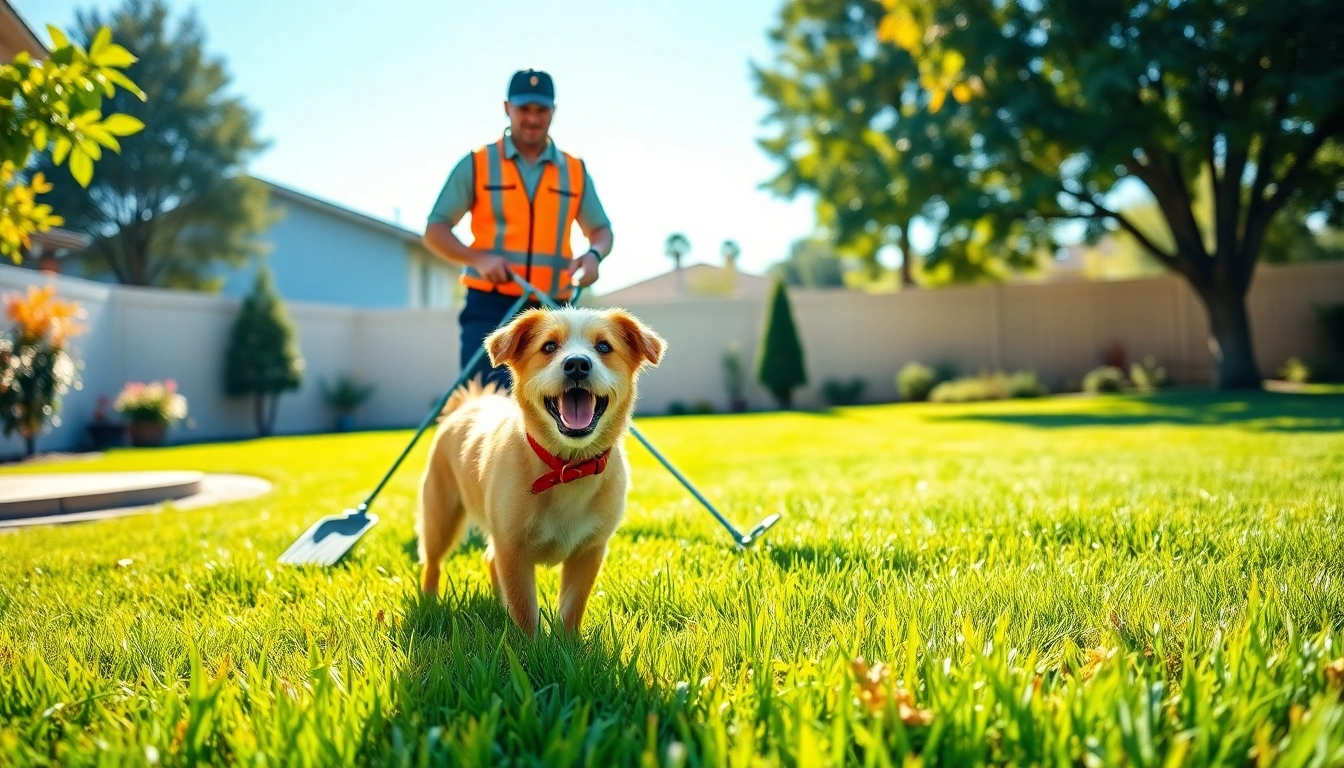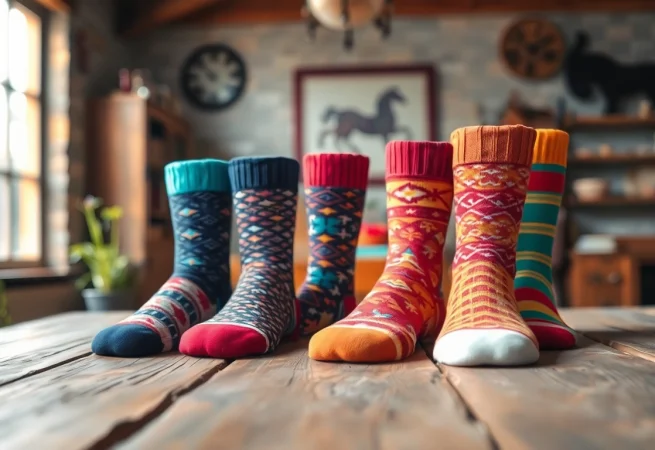

Elevate Your Space with Unique Boujaad Vintage Rugs: A Blend of Culture and Style
Understanding Boujaad Vintage Rugs
What Are Boujaad Vintage Rugs?
Boujaad vintage rugs are exquisite handwoven pieces originating from the Boujaad region in Morocco, known for their vibrant colors and intricate patterns. Each rug is a unique representation of Berber culture, created by skilled artisans using time-honored techniques passed down through generations. Characterized by their use of soft wool, Boujaad rugs often feature geometric designs, organic shapes, and rich hues, which reflect the landscape and lifestyle of the Berber people. The combination of durability and artistic flair makes these rugs a sought-after choice for interior decor enthusiasts.
The History and Cultural Significance
The origins of Boujaad vintage rugs can be traced back to the Berber tribes of Morocco who have been weaving textiles for centuries. Each rug tells a story, often influenced by the personal experiences and cultural background of the weavers. Historically, these rugs served practical purposes within the Berber communities, from providing warmth to defining social spaces within tents. Over time, they have evolved into symbols of heritage and artistry, reflecting the rich traditions of the Moroccan landscape. As a result, Boujaad rugs are not only decorative items but also cultural artifacts that preserve the history and identity of Berber communities.
Identifying Authentic Boujaad Rugs
With the increasing popularity of Boujaad rugs, it is essential to know how to identify authentic pieces. Key factors to consider include:
- Material: Authentic Boujaad rugs are made from natural wool, which is both soft and durable.
- Design: Look for asymmetrical patterns and vibrant colors typical of Berber artistry.
- Handmade Quality: Examine the edges and back of the rug for irregular stitching, a sign of handcrafted work.
- Origin: Verify the seller’s authenticity; reputable retailers will provide information about the rug’s provenance.
The Art of Craftsmanship
Materials Used in Boujaad Rugs
Boujaad rugs are primarily crafted from sheep wool, known for its durability and natural warmth. The wool is often dyed using natural pigments derived from plants, minerals, and other organic materials, resulting in vibrant and eco-friendly colors. Some artisans also incorporate cotton or other fibers to enhance texture and durability. The weaving process typically involves a vertical loom, where the wool threads are interlaced by hand, showcasing the craftsmanship and dedication of the weavers.
Weaving Techniques of Berber Artisans
The weaving techniques used to create Boujaad rugs are as diverse as the rugs themselves. The most common methods include:
- Flat Weaving: Produces thinner, lighter rugs suitable for various decorative uses.
- Pile Weaving: Creates thicker, plush rugs ideal for comfort and warmth.
- Knotting: Involves tying strands of wool to create intricate designs, often used for more detailed patterns.
These techniques reflect the functional and aesthetic demands of Berber life, merging practicality with artistic expression.
Care and Maintenance Practices
To preserve the beauty and longevity of Boujaad rugs, proper care and maintenance are crucial. Here are some best practices:
- Regular Cleaning: Vacuum regularly to remove dust and debris, using a low suction setting to avoid damage.
- Spot Cleaning: For stains, use a mild detergent with cold water and a soft cloth, avoiding harsh chemicals.
- Professional Cleaning: Consider professional cleaning services every few years to maintain the rug’s integrity.
- Avoid Direct Sunlight: To prevent fading, position the rug away from direct sunlight or use curtains to filter light.
Design Ideas for Incorporating Boujaad Rugs
Color Schemes That Complement Boujaad Rugs
Boujaad rugs feature a wealth of colors, making them adaptable to various design schemes. When incorporating them into your decor, consider the following color palettes:
- Earth Tones: Shades of brown, beige, and terracotta pair naturally with the warm hues of Boujaad rugs, creating a grounded look.
- Neutral Shades: Whites, grays, and soft pastels allow the bold colors of the rug to stand out without overwhelming the space.
- Vibrant Contrasts: Bright colors like deep blues, greens, and oranges can create playful contrasts that energize the atmosphere.
Styling Tips for Different Interior Spaces
When styling Boujaad rugs in various spaces, consider these tips:
- Living Room: Use larger Boujaad rugs to anchor furniture arrangements and define cozy areas within open floor plans.
- Bedroom: A soft Boujaad rug by the bedside can provide warmth and comfort, enhancing the room’s serenity.
- Dining Area: Position a Boujaad rug under the dining table, ensuring it extends at least 24 inches beyond the table’s edges for an inviting atmosphere.
Mixing and Matching with Other Textiles
Boujaad rugs can serve as a foundation for layering textures and patterns. Experiment with different textiles by:
- Layering Rugs: Combine smaller Boujaad rugs with naturally woven rugs for a bohemian touch.
- Complementing Fabrics: Introduce cushions and throws in similar color palettes or contrasting patterns to create a cohesive look.
- Incorporating Natural Elements: Wood furniture and plants can enhance the organic feel of a room that features Boujaad vintage rugs.
Why Choose Boujaad Vintage Rugs?
The Eco-Friendly Aspects
Choosing Boujaad vintage rugs is an environmentally conscious decision. The use of natural materials, such as wool and plant-based dyes, minimizes environmental impact. Moreover, these rugs are designed to last, reducing the need for frequent replacements and contributing to sustainable living practices. By investing in a Boujaad rug, you support sustainable artisanal tradition, fostering the livelihoods of local weaving communities in Morocco.
Durability and Longevity Benefits
Boujaad rugs are renowned for their durability, thanks in part to high-quality wool and traditional weaving methods. While many rugs may wear thin over time, Boujaad rugs develop a unique patina that adds character rather than detracts from their beauty. With proper care, these rugs can last for decades, often becoming cherished family heirlooms that tell a rich story through their understated elegance.
Unique Sourcing: One-of-a-Kind Finds
One of the most appealing aspects of Boujaad vintage rugs is their unique nature. Each piece is one-of-a-kind, making it impossible to replicate the exact design or color scheme. This uniqueness allows homeowners to express their individuality and create personalized spaces that feel uniquely theirs. By choosing a Boujaad rug, you’re not just purchasing a decor item; you’re investing in a piece of art with a story and cultural significance.
Where to Buy Authentic Boujaad Vintage Rugs
Top Retailers for Boujaad Rugs
For those looking to purchase Boujaad vintage rugs, several reputable retailers specialize in authentic Moroccan textiles. Online stores like Boujaad vintage rugs provide a wide selection of carefully curated pieces, ensuring quality and authenticity. Local boutiques that focus on global artisan products may also offer beautiful selections of Boujaad rugs.
Online Marketplaces to Explore
Various online marketplaces offer a rich collection of Boujaad vintage rugs. Websites such as Etsy, eBay, and design-oriented platforms like 1stDibs feature individual sellers who provide unique options. When shopping online, it’s crucial to read reviews and ensure the seller provides detailed descriptions and provenance information to verify authenticity.
Tips for Buying Online: What to Look For
When purchasing Boujaad rugs online, consider the following tips to ensure a successful transaction:
- Detailed Images: Look for listings with high-resolution images from various angles, showing both the front and back of the rug.
- Size Specification: Always check the dimensions to ensure the rug fits your intended space.
- Return Policy: Familiarize yourself with the return policy in case the rug does not meet your expectations.
- Ask Questions: Don’t hesitate to contact the seller for clarification regarding materials, design, and care instructions.

Expert Guide to Weekly Dog Poop Scooping: Keep Your Yard Clean and Fresh
Understanding Weekly Dog Poop Scooping
Keeping a backyard clean often comes down to regular maintenance, especially when you have pets. For dog owners, one of the most routine yet crucial tasks is weekly dog poop scooping. This essential service not only promotes a hygienic living environment but also enhances the overall experience of having a pet. Whether you are considering hiring a professional service or tackling the chore yourself, understanding the nuances can make all the difference.
What is Weekly Dog Poop Scooping?
Weekly dog poop scooping refers to the regular collection and disposal of dog waste in your yard. This service can be done by the pet owner or a hired professional. The main goal is to keep the area free from unpleasant smells and health hazards associated with dog feces.
For pet owners, this might seem like a routine task, but many find it tedious and time-consuming, particularly if they have multiple dogs or a large yard. As a result,
many turn to professional services that specialize in this kind of waste management, enabling them to enjoy their pets without the hassle.
Benefits of Regular Waste Removal
Regular waste removal offers numerous benefits that go beyond mere aesthetics. Here are some key advantages:
- Health Benefits: Dog poop contains harmful bacteria and parasites which can pose serious health risks to both pets and humans. Regular scooping minimizes the exposure and transmission of these pathogens.
- Pest Control: Accumulated dog waste can attract pests such as flies, rodents, and other nuisance animals. Keeping the area clean reduces pest populations.
- Better Outdoor Experience: A clean yard provides a more inviting space for outdoor activities and family gatherings, allowing you to enjoy your backyard without the worry of stepping in messes.
- Environmental Advantages: Proper waste disposal prevents contamination of soil and waterways, contributing to a healthier ecosystem.
Choosing the Right Service
When it comes to selecting a dog poop scooping service, numerous options exist, from local independent providers to national franchises. Here are some factors to consider:
- Service Frequency: Determine if you need a weekly, bi-weekly, or one-time service depending on your yard size and number of dogs.
- Reviews and Reputation: Seek out reviews and testimonials from previous clients to gauge the quality of service offered.
- Pricing: Compare pricing models among providers to understand what fits within your budget while ensuring quality service.
- Additional Services : Some companies may offer additional services, such as yard deodorizing or landscaping; consider these options based on your needs.
Factors Influencing Poop Scooping Costs
Understanding the various elements that contribute to the costs of a dog poop scooping service can empower pet owners to make informed decisions. Here are primary considerations:
Service Frequency and Pricing Models
Pricing models can vary widely among different providers. Most companies offer tiered pricing based on the frequency of service:
- Weekly Services: Generally the most economical option for pet owners, providing regular upkeep and management.
- Bi-Weekly or One-Time Services: Might cost more per visit; these services can accommodate those who may not need weekly pickups or find that their pet’s waste is manageable over a more extended period.
Size of Yard and Number of Pets
The size of your yard and the number of dogs significantly influence pricing. Larger yards, specifically those with dense grass or sandy areas, may require more time and effort from scooping professionals. Similarly, households with multiple dogs will yield more waste, potentially increasing servicing costs.
Additional Services Offered
Some companies provide additional services that may incur extra costs, such as:
- Deodorization: A service that neutralizes odors from pet waste.
- Yard Maintenance: Such as removal of leaves, lawn mowing, or maintenance for other outdoor spaces.
Step-by-Step Guide to DIY Dog Poop Cleanup
If you choose to handle poop scooping yourself, understanding the right tools and techniques can make the process more manageable. Here’s how to clean your yard efficiently:
Essential Tools for Effective Cleaning
Having the right tools makes a significant difference. Consider these essentials:
- Pooper Scooper: A handheld scooper or rake to pick up waste. Look for one that is ergonomically designed.
- Plastic Bags: Biodegradable bags or heavy-duty plastic will help contain the waste without damage.
- Gloves: Protect your hands while scooping to prevent coming into contact with waste.
- Disinfectant: If preferred, a dog-safe disinfectant can be used to clean any areas that may have been exposed.
Best Practices for Safe Waste Disposal
Follow these best practices to ensure responsible disposal of feces and keep your environment safe:
- Seal the Waste: Double-bag the waste for a more secure disposal. This will help reduce odors and prevent leakage.
- Choose the Right Disposal Method: Many communities have designated waste bins for animal waste, or consider composting options if permitted.
How to Maintain a Clean Yard
Maintenance is key! Here are some ways to keep your yard clean:
- Establish a Cleaning Schedule: Whether you scoot yourself or have a professional service, a routine will help prevent waste buildup.
- Train Your Dog: If possible, train your pet to relieve themselves in discreet areas of your yard.
Comparing Pooper Scooper Services
With numerous options available, comparing pet waste removal services can be challenging. To make the best choice:
Local vs. National Providers
Consider the pros and cons of each type of provider:
- Local Providers: Generally offer more personalized services and may be more flexible in terms of service customization.
- National Providers: Often have standardized practices, which ensure consistency but may lack flexibility in niche requests.
Service Reviews: What to Look For
Positive reviews can testify to service quality. Look for customer feedback on:
- Timeliness and reliability of service
- Professionalism and friendliness of staff
- Overall customer satisfaction levels
Questions to Ask Your Provider
Before hiring a scooping service, consider asking these questions:
- What specific services are included in the package?
- How often are cleanings performed?
- Are there any hidden fees?
- How do you handle inclement weather or scheduling conflicts?
Environmental Impact of Dog Waste
The management of pet waste is not just an aesthetic concern; it has significant implications for the environment. Understanding these impacts can help promote responsible pet ownership.
Why Proper Cleanup Matters
Improper disposal of dog waste contributes to environmental pollution. Fecal matter can run off into storm drains, contaminating local waterways and harming aquatic life. It is crucial to recognize the role pet owners play in environment stewardship.
Health Risks of Dog Waste in Yards
Dog waste has numerous health risks associated with it. Here are a few key points:
- Contains parasites like roundworms and hookworms, which can infect other animals and humans.
- Presents risks of bacterial infections like salmonella and E. coli, which can be dangerous, especially for children and immunocompromised individuals.
Eco-Friendly Waste Disposal Options
Consider eco-friendly disposal methods, which may include:
- Biodegradable Bags: Use eco-friendly bags for waste collection.
- Composting: If allowed, composting dog waste can turn it into nutrient-rich fertilizer.
Conclusion
Establishing a regular routine for weekly dog poop scooping is not just about maintaining the aesthetic appeal of your yard—it’s about contributing to the health and well-being of your family and the environment. By understanding the benefits, costs, and necessity of this practice, dog owners can create a cleaner, safer outdoor space for their pets and loved ones alike.










